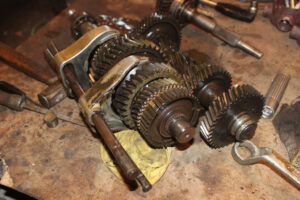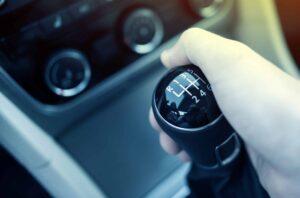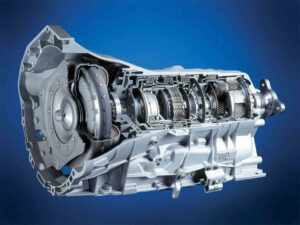How does the automatic transmission work a detailed overview in the video
Hydraulic power is used to shift gears in the most popular form of the automatic gearbox. This mechanism, rather than How Stuff Works, integrates a torque or fluid coupling conversion with gearsets that offer the vehicle’s necessary gear variety.
What is the mechanism of automatic transmission?
We all know how complicated a vehicle’s components may be so that need to know how does the automatic transmission work. We usually have no idea how these components work; we simply get into our car, turn it on, and we’re ready to go. If you’re interested in learning more about how your car works, you’ve come to the perfect place. We’ll speak about the transmission line today.
Automobiles with manual or automatic transmissions are available. However, we will focus our attention nowadays on the automatic gearbox mechanism. Please bear with us as we discuss the driveline’s purpose and operation. It will not be necessary to visit the automobile service provider to obtain the information.
The transmission service’s purpose
In simplest terms, the vehicle transmission is in charge of transferring power from the motor. The gear ratio seen between tires and the powerplant will be enabled, and it will change as the vehicle accelerates up or slows down. Sensors in an automated transmission will determine when it is time to shift gears and change them.
The transportation system’s main components are oil pressure, torque, and spherical gear sets. The planetary gearbox must be temporarily detached from the engine to transfer gears. In a manual automobile, the clutch is in charge of this operation, whereas in an automatic machine, the torque converter is responsible.
What is the mechanism of an automatic transmission?
Two fan-shaped parts are located on the inside of the transfer case, which is filled with a lubrication system. One is a turbine situated in the transmission’s input shaft, rather than being an impeller coupled to the engine shaft. When the engine rotates the propeller, the blades of the impeller begin to move the fluid, causing the turbine to spin. The transmission fluid will circulate in a closed loop, with a stator assisting in fluid direction.
When you accelerate the throttle, the fluid accelerates the turbine, sending more power through into the transmission. Slowing down causes the liquid water to slow down, and the rotor to stop spinning.
The spherical gears will begin to work after the electricity has been transmitted to the center of the machine. Through the use of gear combinations, any vehicle can achieve all transfer rates. According to the clutches as well as bands, the sun, spherical, and circles gears will work in many combinations! So much the last ones are controlled by pins as well as valves that are activated when the transmission fluid is pressurized.
The gearbox will take the vehicle’s power and reduce or boost it as it travels to the output shaft. The driveshaft is where the power is sent to the wheels. The power will first pass via a differential, which will split the power and transmit the appropriate amount to each one of your car’s tires.





